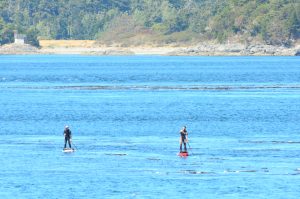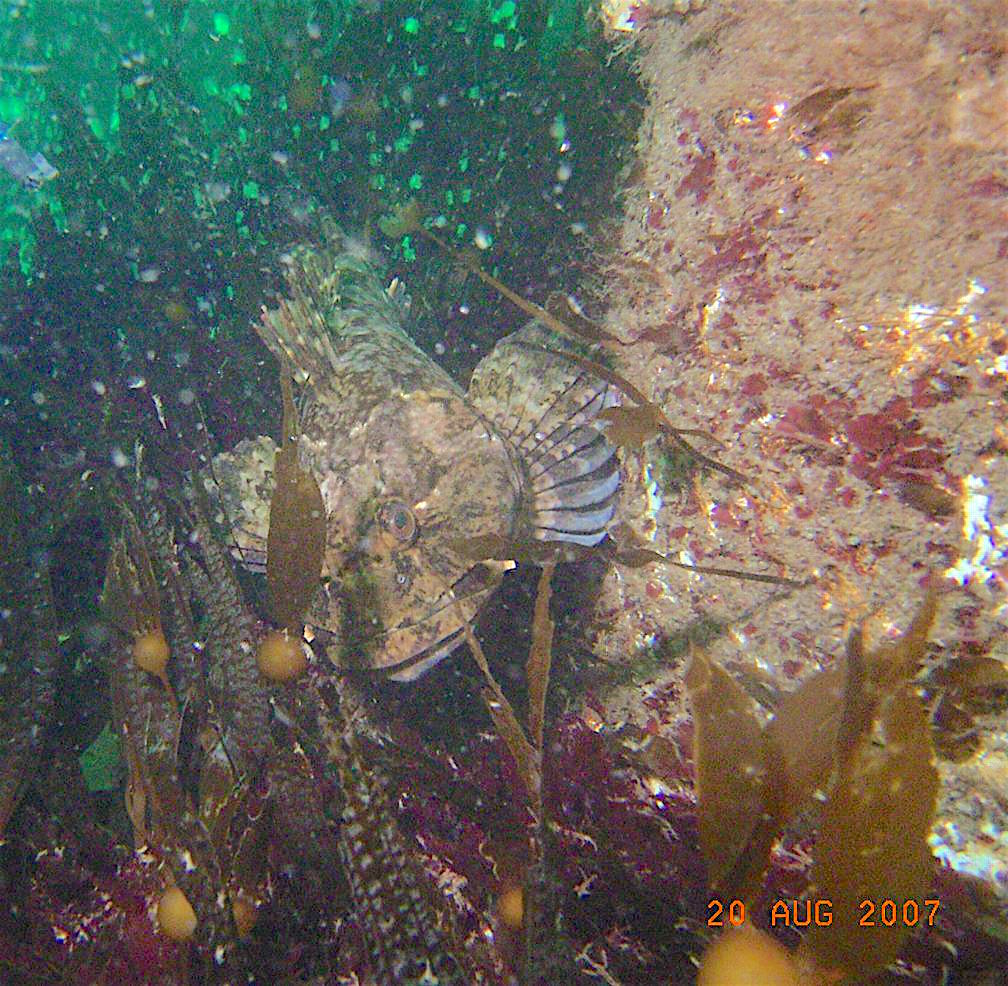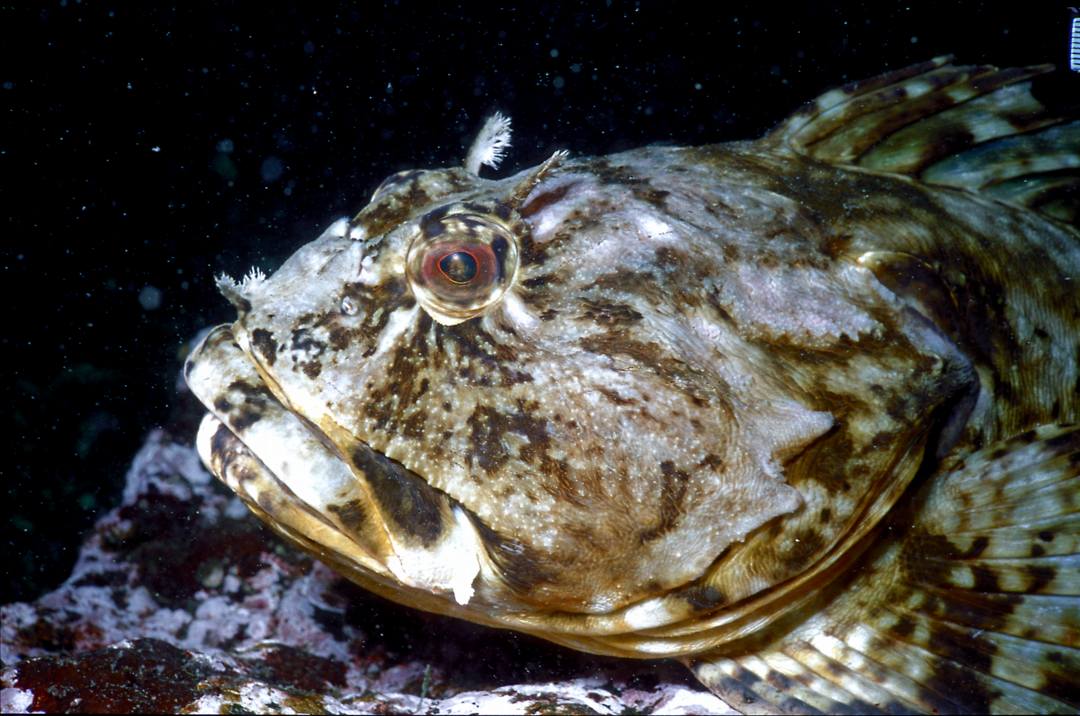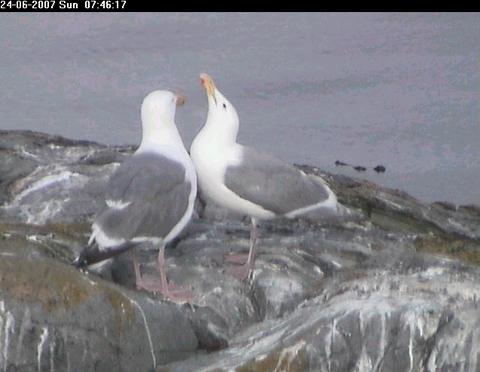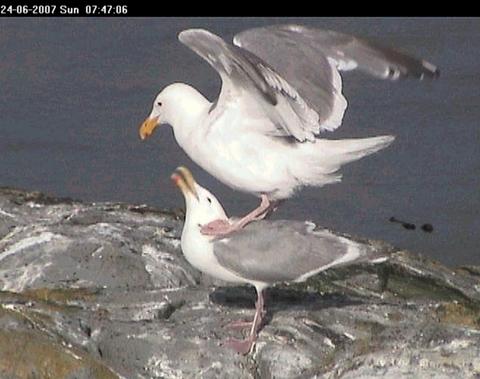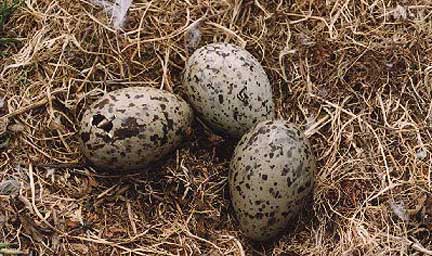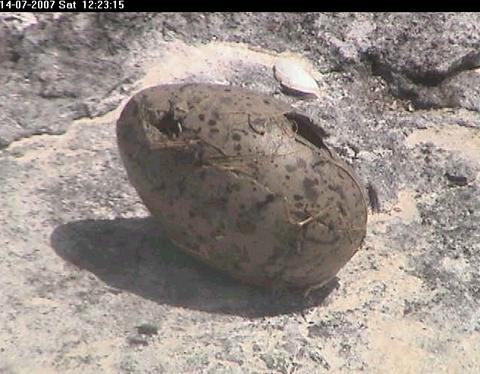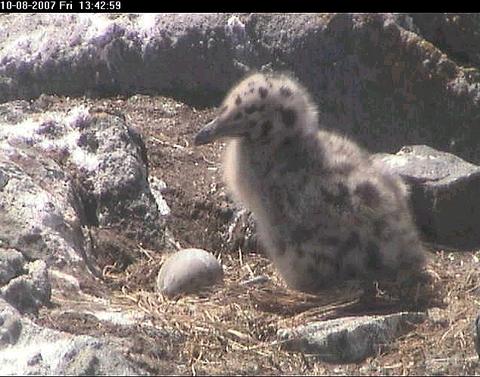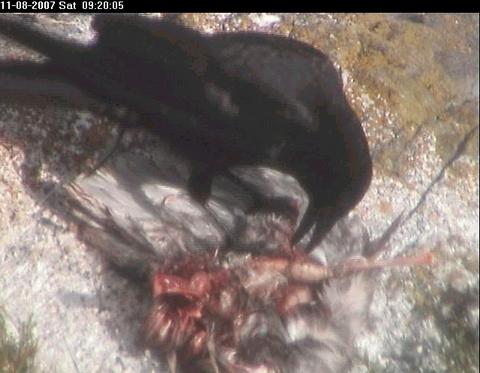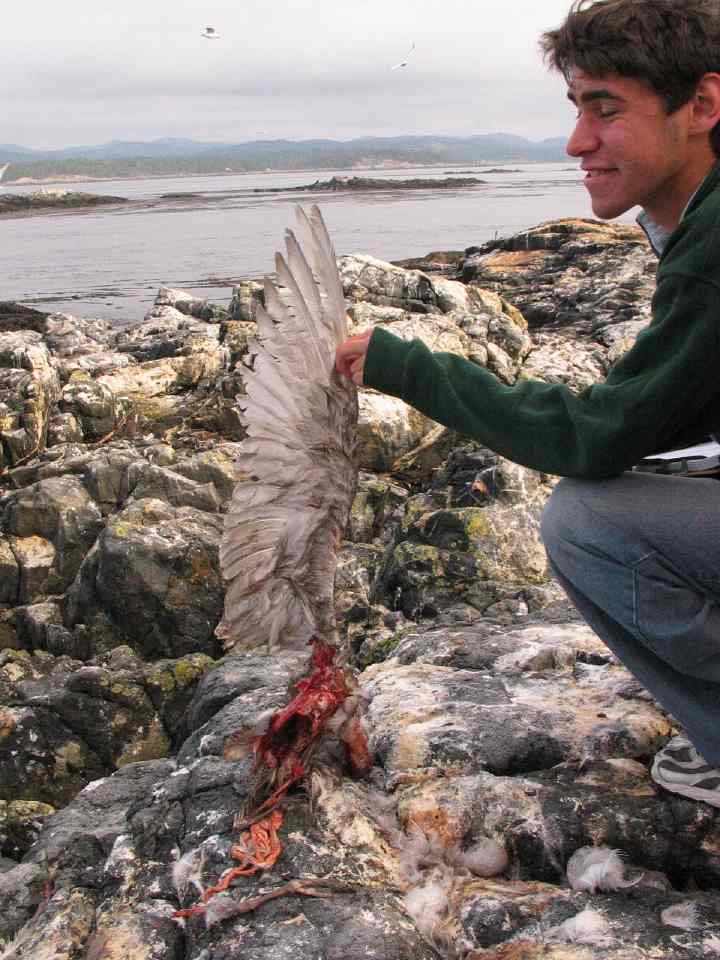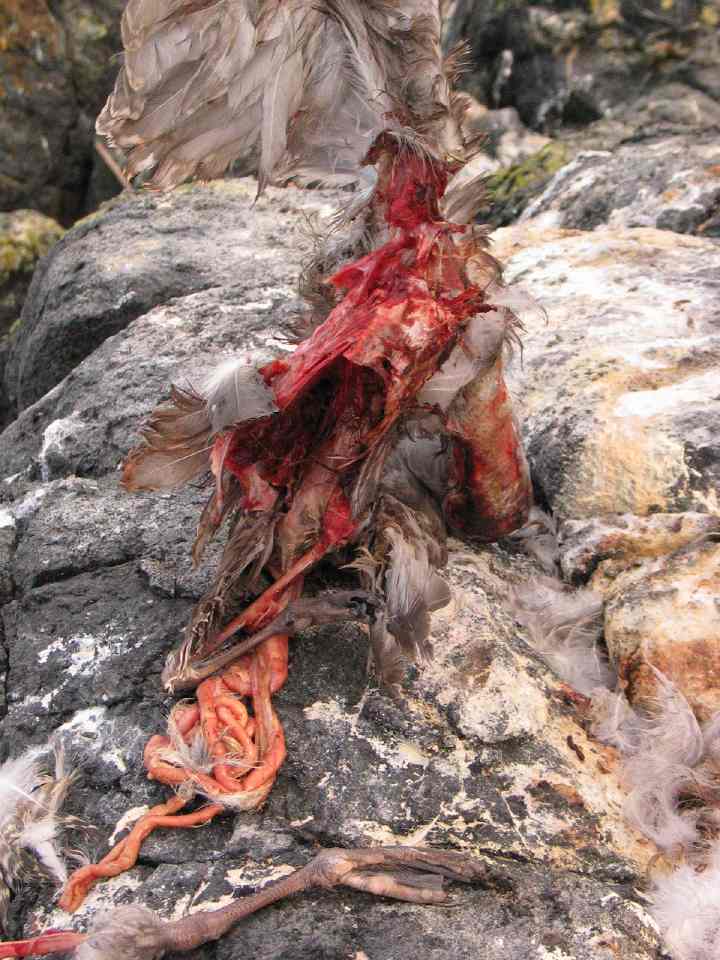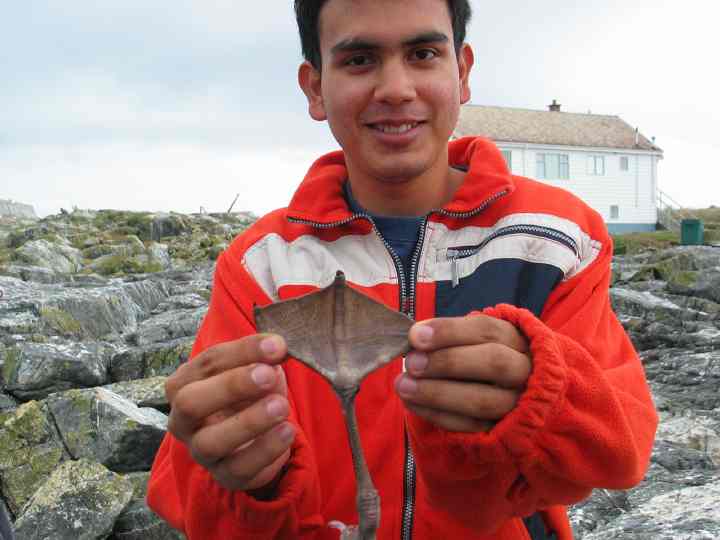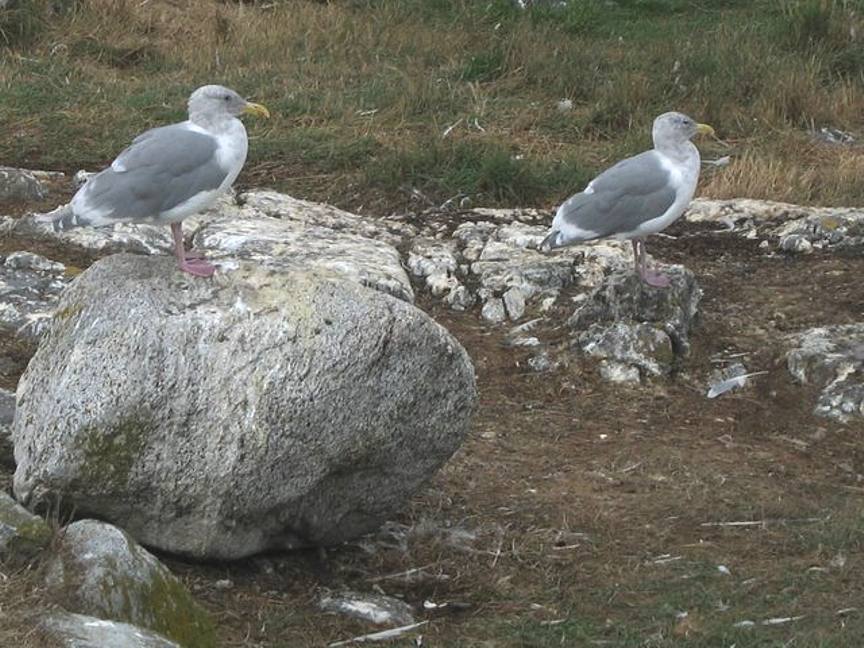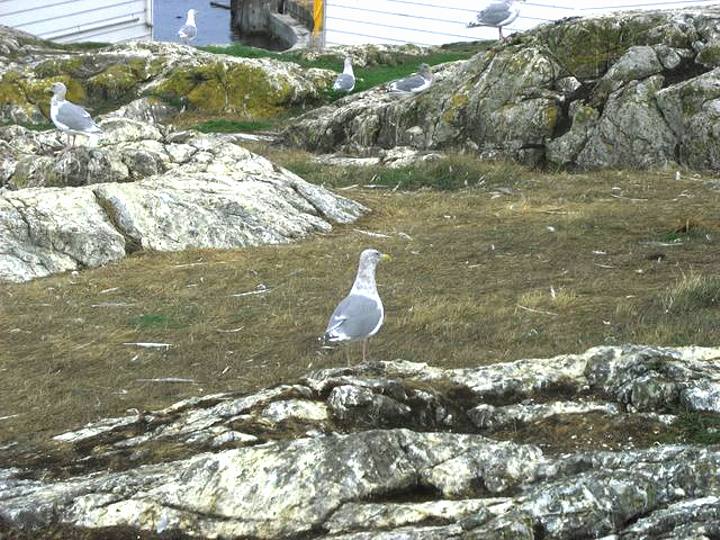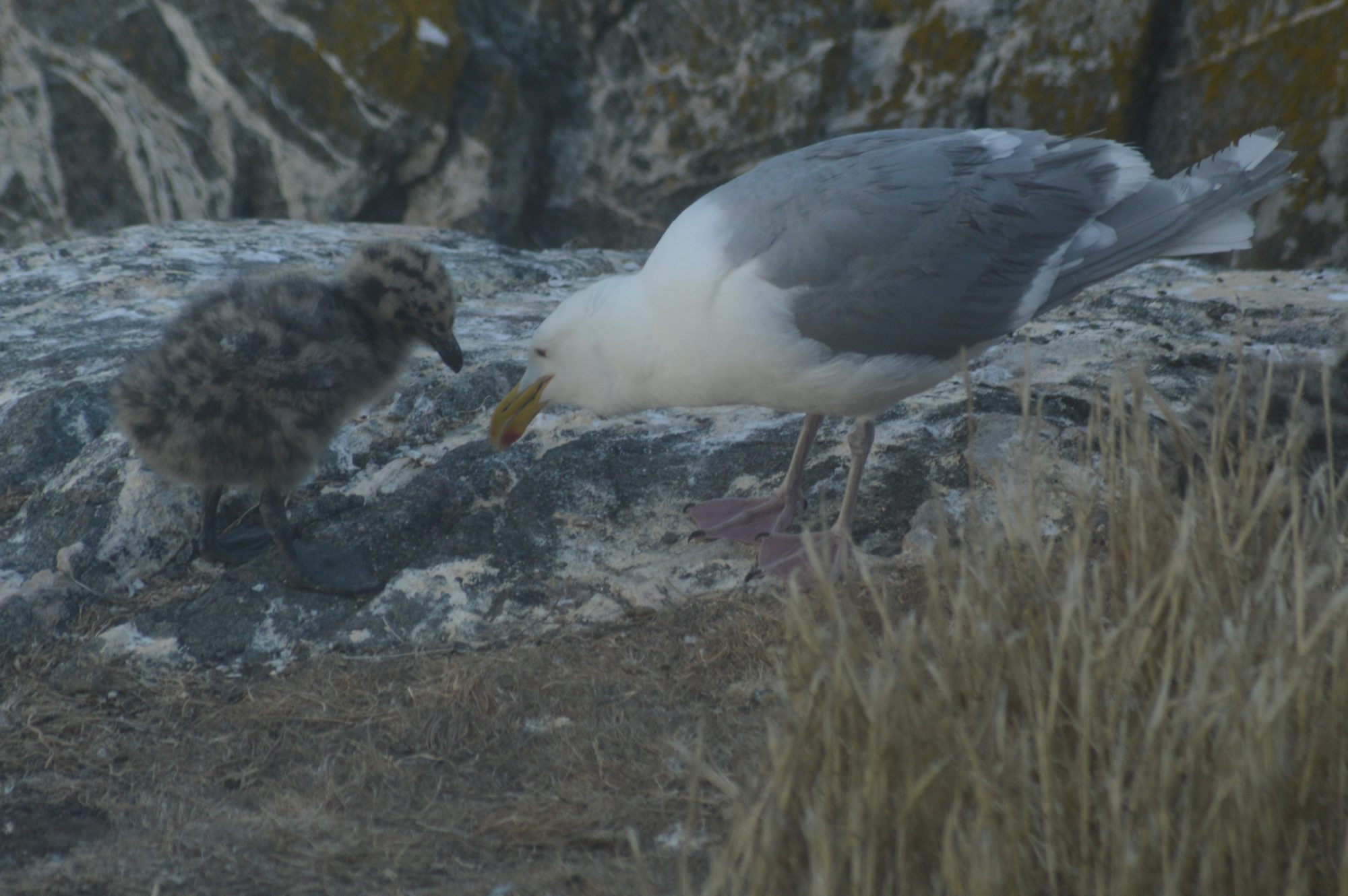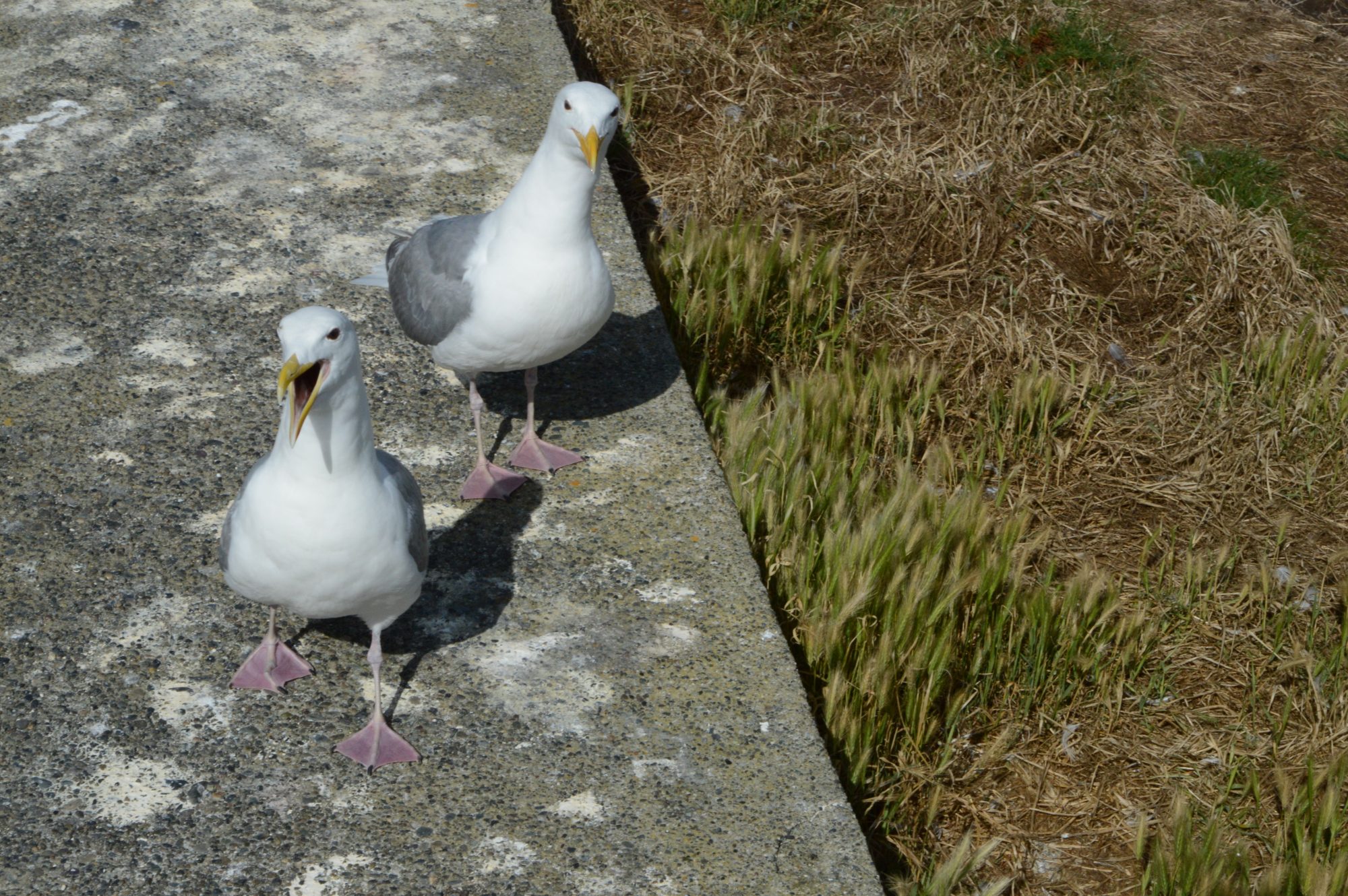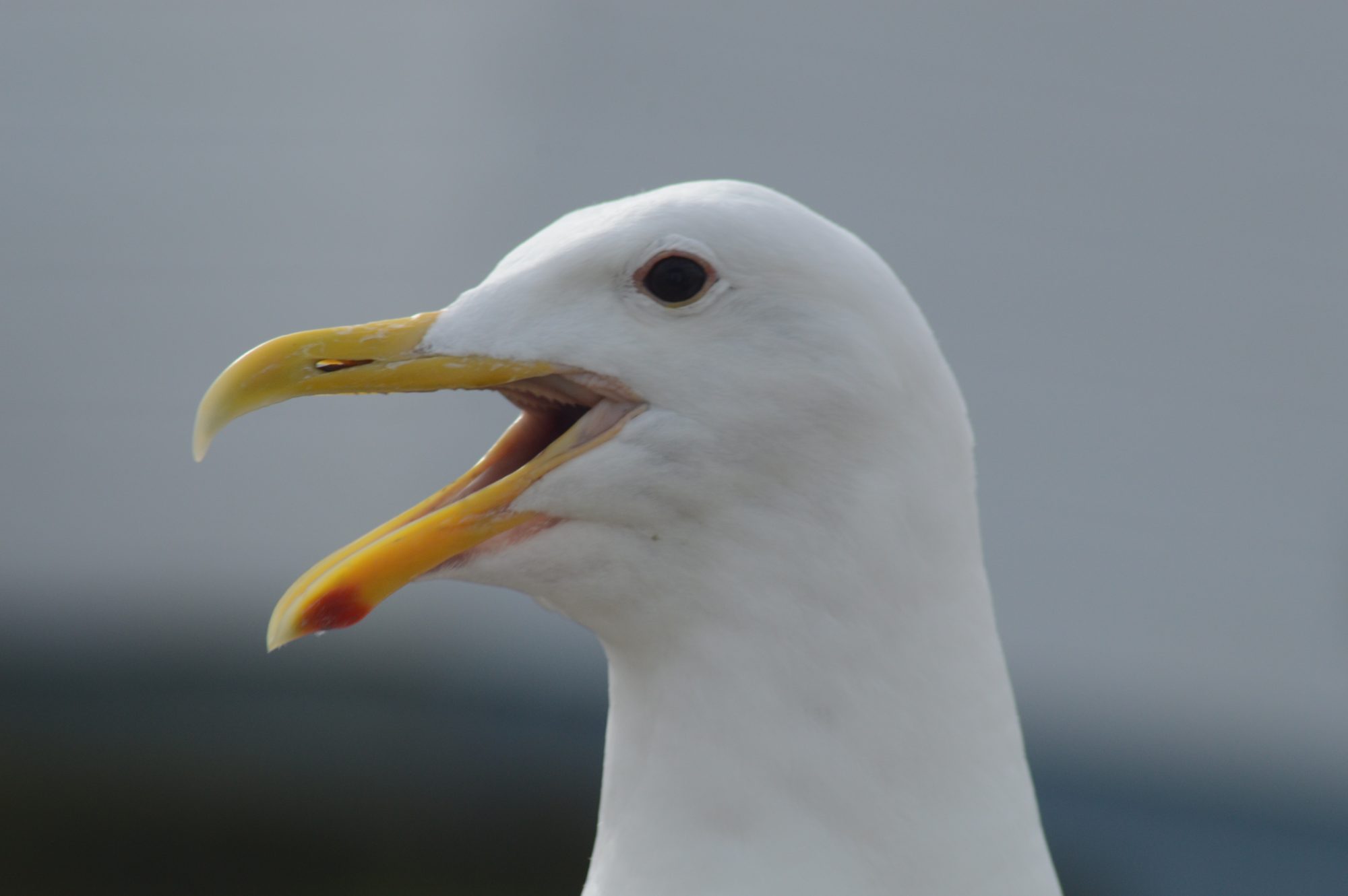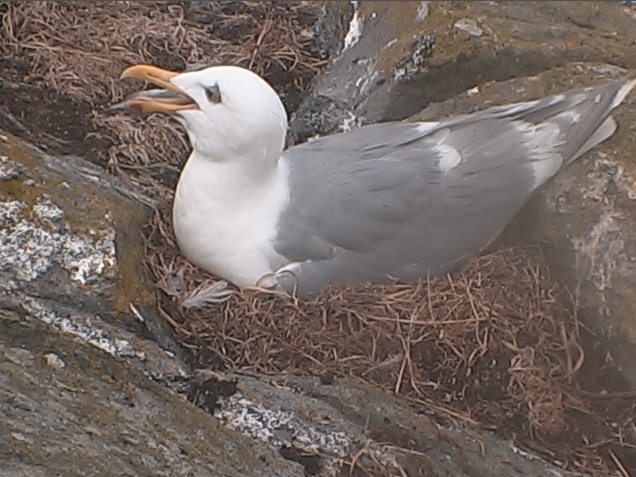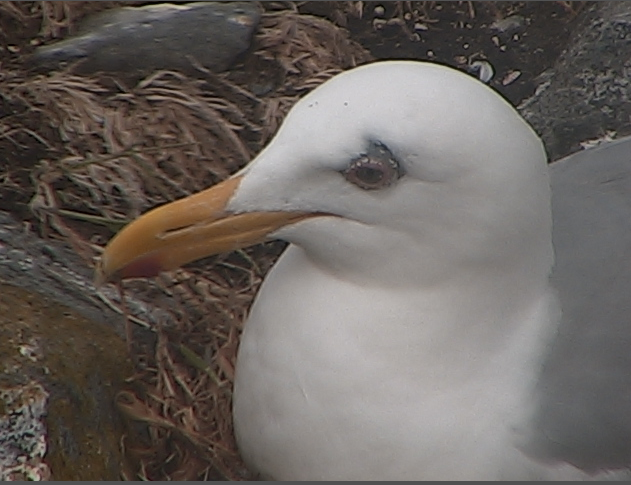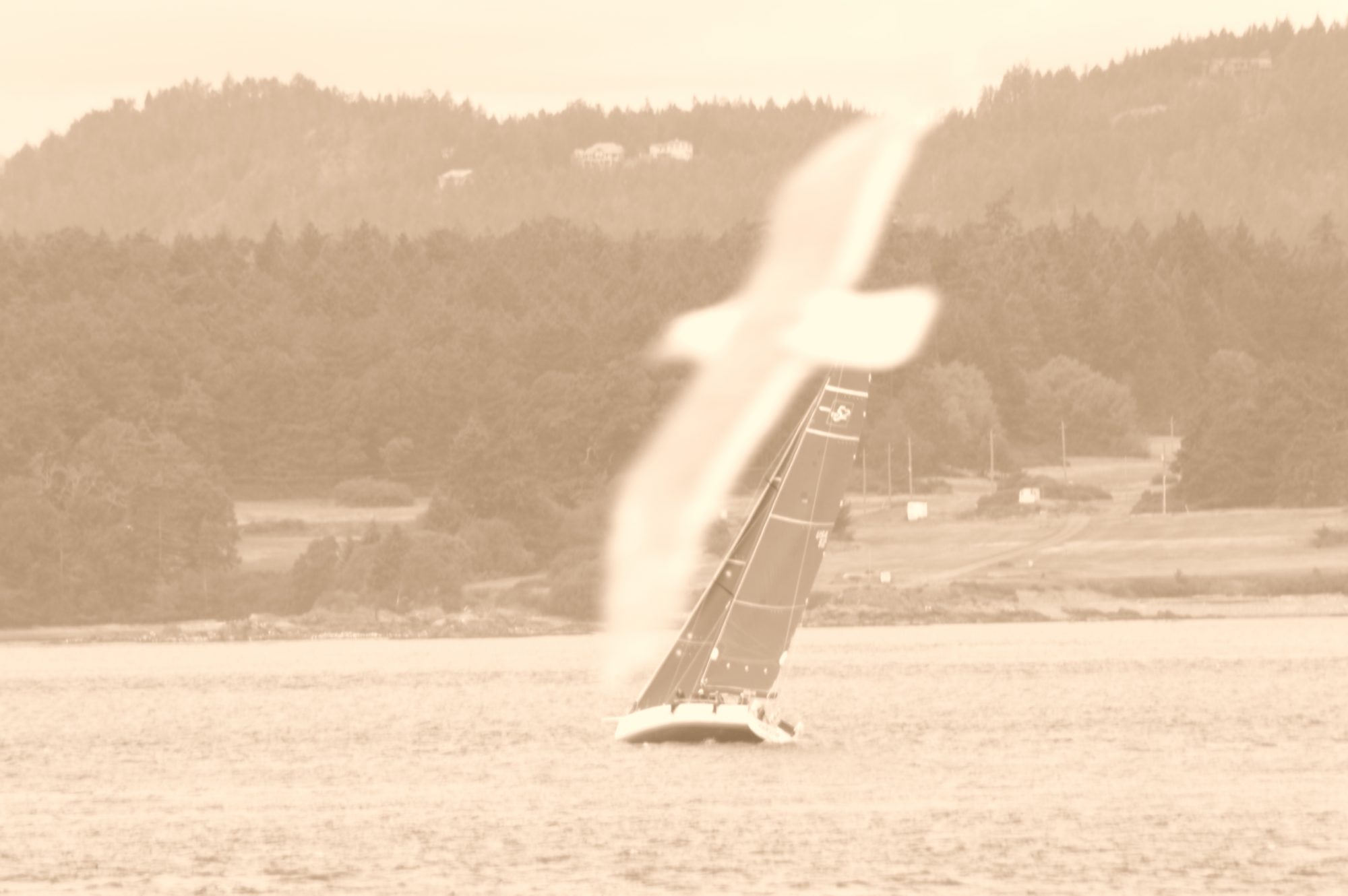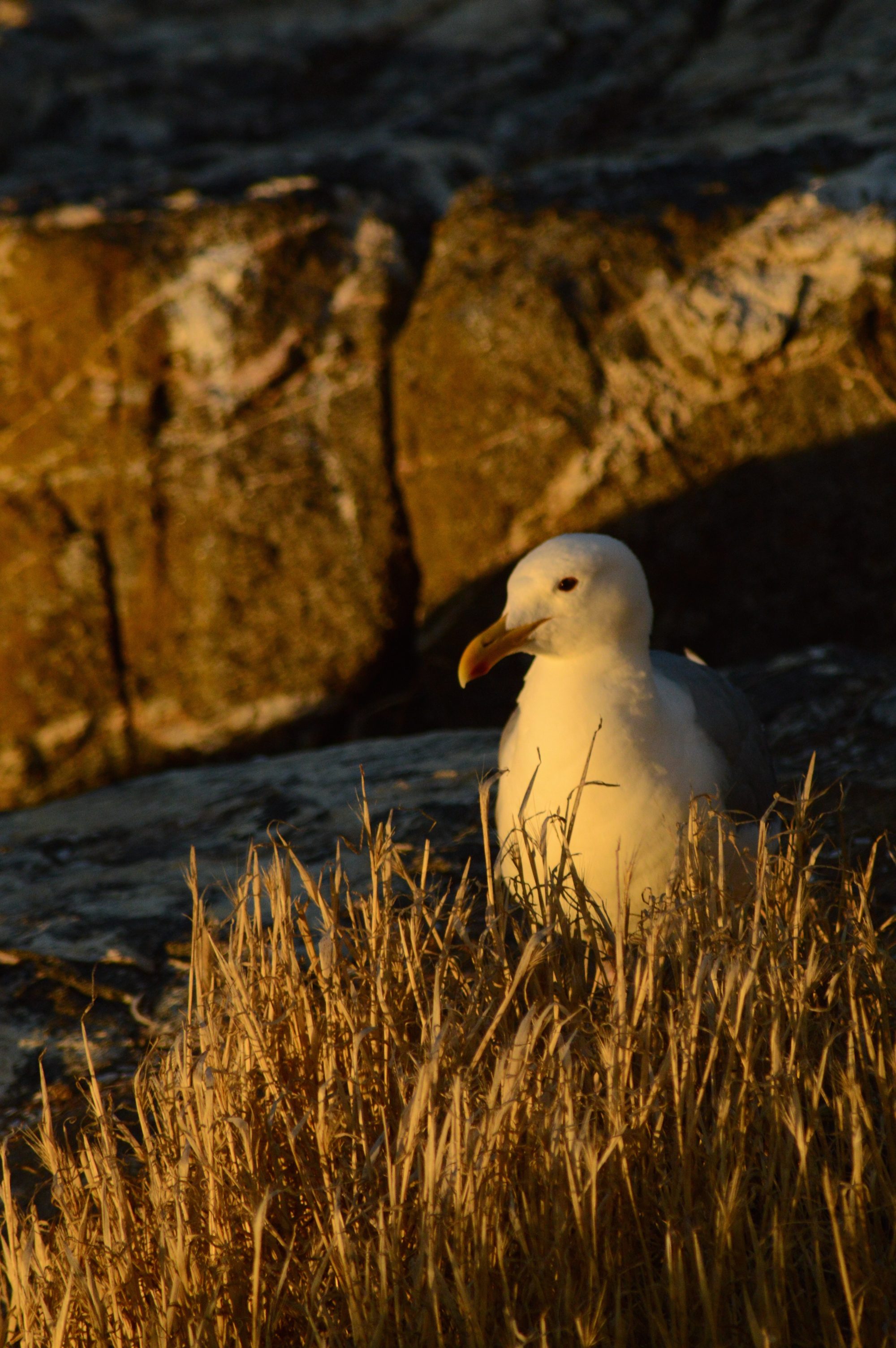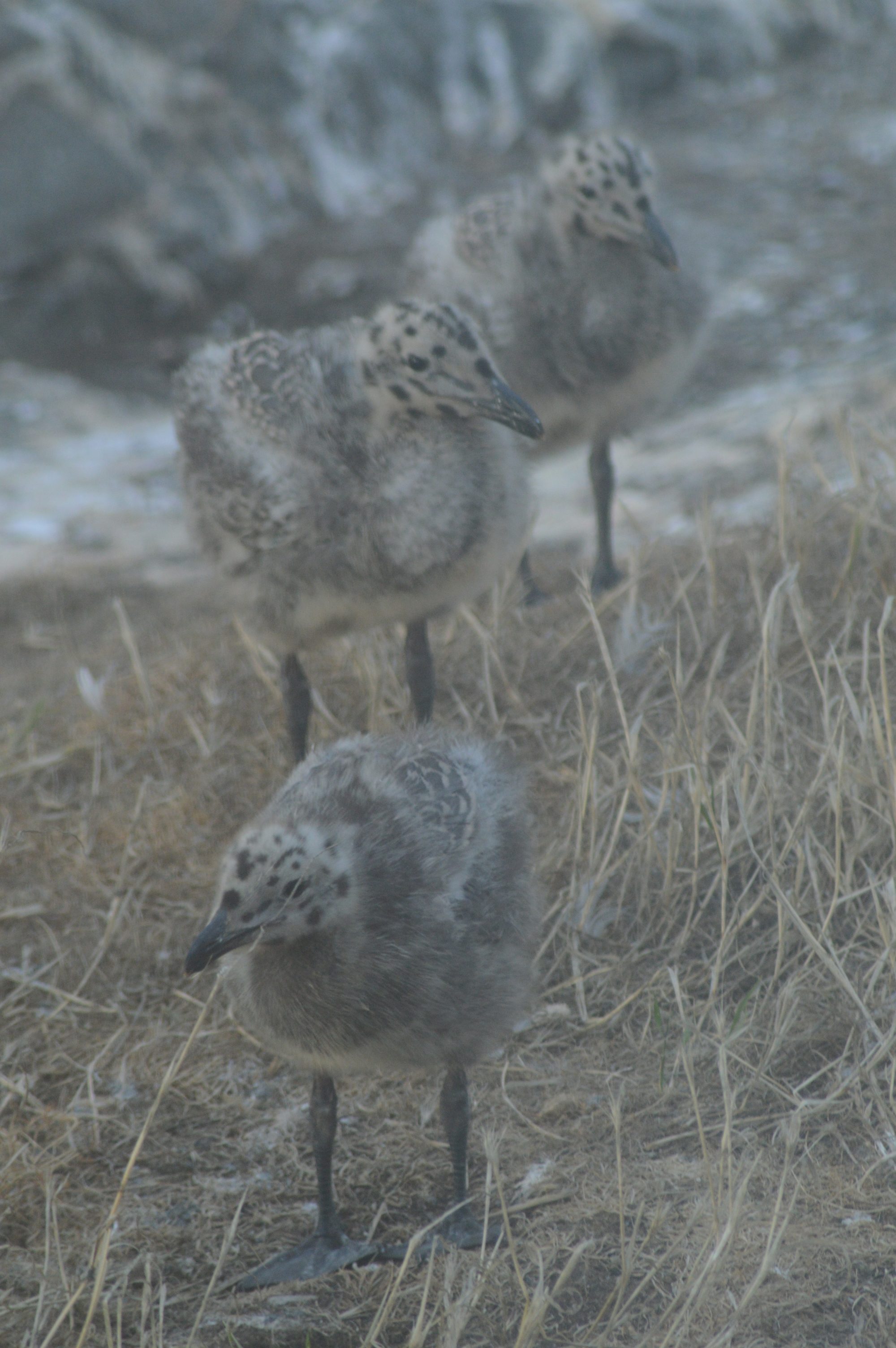| Time Zone: PDT | ||||||||||
| Station Race Rocks Lightstation | ||||||||||
| 2016 | July | |||||||||
| Observer Lester B. Pearson College of the Pacific | ||||||||||
| Date | Time | YSI Salinity | YSI Temp celsius | Hydro- meter No. | Observed Density | |||||
| 1 | 20:50 | 30.6 | 11.7 | 10,802 | ||||||
| 2 | 20:55 | 31.4 | 11.0 | 10,802 | ||||||
| 3 | 20:45 | 31.4 | 10.9 | 10,802 | ||||||
| 4 | 21:05 | 31.2 | 11.5 | 10,802 | ||||||
| 5 | 20:00 | 31.3 | 11.2 | 10,802 | ||||||
| 6 | 20:15 | 31.0 | 11.6 | 10,802 | ||||||
| 7 | 20:30 | 31.2 | 11.0 | 10,802 | ||||||
| 8 | 20:30 | 30.9 | 11.2 | 10,802 | ||||||
| 9 | 19:30 | 31.1 | 11.7 | 10,802 | ||||||
| 10 | 20:30 | 30.8 | 12.5 | 10,802 | ||||||
| 11 | 20:30 | 30.8 | 12.0 | 10,802 | ||||||
| 12 | 20:35 | 31.2 | 11.8 | 10,802 | ||||||
| 13 | 21:15 | 30.6 | 12.3 | 10,802 | ||||||
| 14 | 21:30 | 30.4 | 12.2 | 10,802 | ||||||
| 15 | 21:30 | 30.4 | 12.1 | 10,802 | ||||||
| 16 | 21:45 | 30.4 | 12.7 | 10,802 | ||||||
| 17 | 20:50 | 30.5 | 12.2 | 10,802 |
|
|||||
| 18 | 21:00 | 30.3 | 12.4 | 10,802 | ||||||
| 19 | 21:00 | 30.7 | 12.2 | 10,802 | ||||||
| 20 | 21:10 | 30.6 | 11.8 | 10,802 | ||||||
| 21 | 20:00 | 31.2 | 11.9 | 10,802 | ||||||
| 22 | 19:30 | 30.6 | 11.8 | 10,802 | ||||||
| 23 | 19:00 | 31.4 | 11.6 | 10,802 | ||||||
| 24 | 19:15 | 31.4 | 11.6 | 10,802 | ||||||
| 25 | 19:00 | 31.4 | 12.2 | 10,802 | ||||||
| 26 | 20:00 | 31.3 | 12.1 | 10,802 | ||||||
| 27 | 20:15 | 30.8 | 12.0 | 10,802 | ||||||
| 28 | 21:15 | 30.7 | 12.3 | 10,802 | ||||||
| 29 | 20:20 | 30.6 | 12.3 | 10,802 | ||||||
| 30 | 21:00 | 30.5 | 12.4 | 10,802 | ||||||
| 31 | 21:30 | 30.5 | 12.3 | 10,802 | ||||||
| Mean* | * | 30.9 | 11.9 | #DIV/0! | ||||||
| Submitted to: Inst. Ocean Science, P.O. Box 6000, Sidney, B.C. V8L 4B2 | ||||||||||
| Peter Chandler | ||||||||||
| Recorded by Race Rocks Marine Protected Area Guardian | ||||||||||
| Lester B. Pearson College of the Pacific | ||||||||||
Monthly Archives: July 2016
Busy Weekend for the watching boats
Weather
On Friday the morning was calm ,the wind coming from West picked up only late in the afternoon at 25 knots at the most.The visibility was over 15 miles and air felt like 16 degrees celsius at 5:00 AM.Te water temperature was 12 degrees and the barometric pressure 101.4 KPA.Sunrise at 5.44 and sunset at 20:54. On Saturday it has been really calm especially around noon where it was 0.26 knots and the flag looked like dead. On Sunday very calm in the morning and very windy in the afternoon to midnight around 35 knots;a North East wind becoming West later. July has been a pretty windy month !
Maintenance and other
On Friday, Aziz recorded more videos :by example the whaler in action and we brought him back to Pearson College before noon. We came back just in time around 5:00 because at 7:00 the wind was around 28 knots and reached 30 knots at 10:00PM. We had a plane above like usual at the end of the week. On Saturday Guy disassembled the derrick shed door that need to be changed.The seawater pump was on for a few hours . On Saturday I sent the end of the month report and the Seawater datas
Boats
We had a parade of watching boats without interruption the whole day on Saturday!!! and some divers spent a long time on South Rocks ! they could stand up! I wished we had an horn!
A beautiful Night and sunset
Census with Aziz
Sea lions: 71 ( 67on Middle )
Harbour seals:171
Eagles:2
Harlequin ducks:0
Geese :6
Elephant seals:1
Gulls:350
Chickens:165
Seashore birds / Black Turnstones:123
River otter:1
Pigeons – guillemot:30
Oystercatchers :6
A special visitor: Aziz Sonawalla came for a video on Race Rocks
Weather
At 5:00: Light west wind , air temperature :12 degrees,a little bit foggy to 7:20.AM .It has been a calm day ,25 knots at the most around 9:30 PM.
Ecological
We found a 2nd chick always at the same spot with the guts over( back stairs /Eco -guardian’s house). more sea lions mainly on Middle rocks.later in the day another dead body . this time injury on the neck on a pretty big chick.
Boats
Many watching vessels, a huge barge with some equipment on it
Other
A plane above
Visitors
Kyle and Tyron came for a quick tour and Aziz was with them ready for a non stop recording of everything on the Island. Aziz was a second year student at Pearson college and is working this Summer in the Communication department.he followed us all day long from early morning to late in the evening. and stayed over night. He tried to catch all the wildlife and the Beauty around . The purpose of this video is to show and explain the reserve to all the concerned people .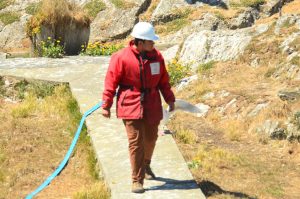
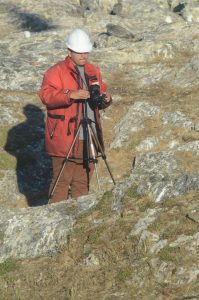
The sea lions are coming back
Weather
It was very foggy in the morning at 5:00 with fog horn on even in the night between Tuesday and Wednesday. it honks to 10 AM.After it was sunny and the wind picked up to 28 knots in the evening
Ecological
We found the first Sea lions sleeping on Main rock Today behind the student’s house and later we discovered around 20 of them on Middle Rock :they are back . Many harbour seals and babies on the rocks around.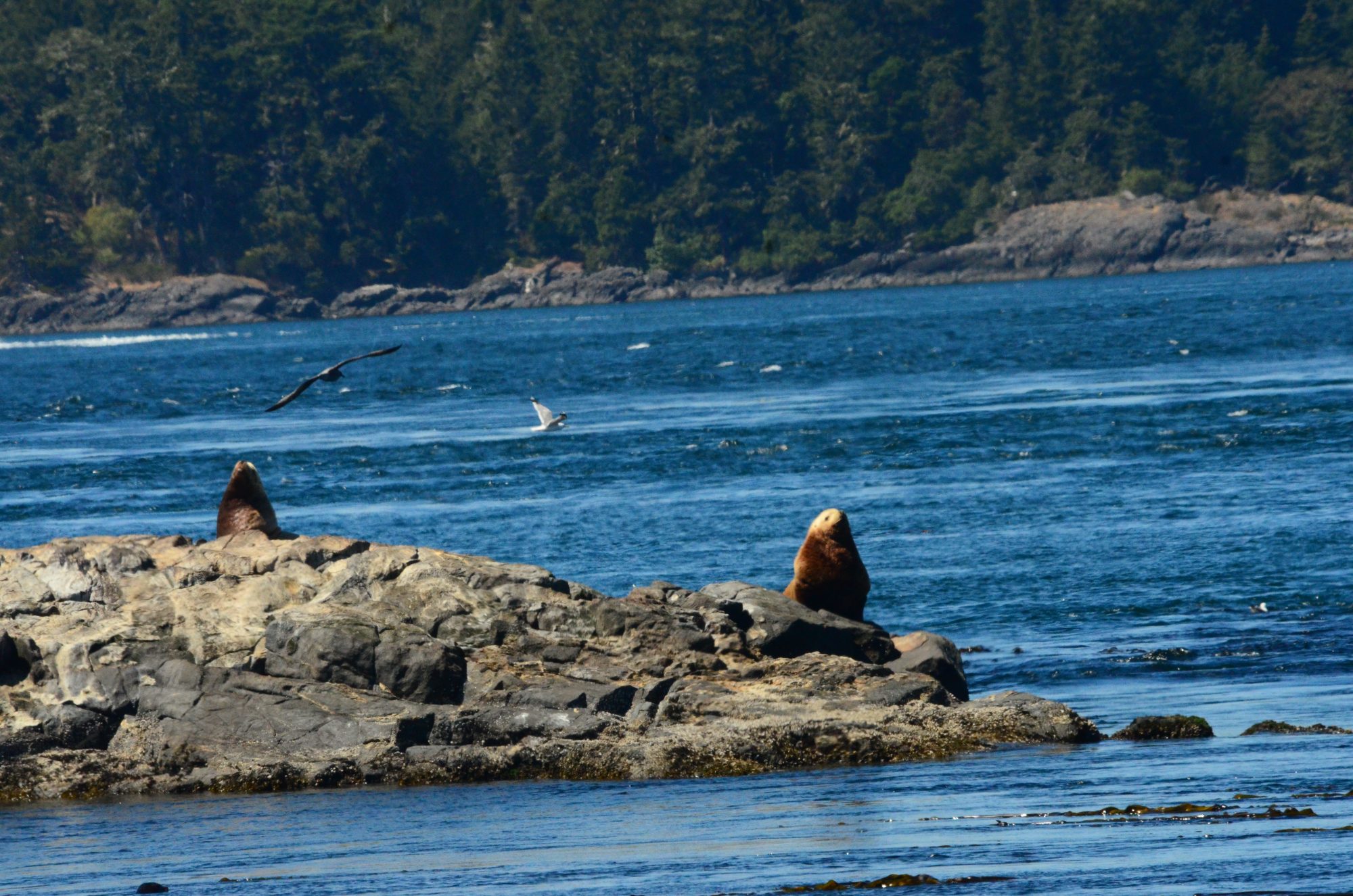
Maintenance
We went to the student’s house to do some needed cleaning in the kitchen and tidying up .
Boats
We had many watching boats That day and among them we had the surprise to see 2 guys with diving suit (one from the Navy) standing up on their surf boards with oars to propulse them. The tides and currents were OK but imagine 50 or more people doing the same ! They were in the middle of the passage but not closed enough to make them go! We checked to be sure they left safe and it took at least half an hour.They had some diving materiel with them on a bag .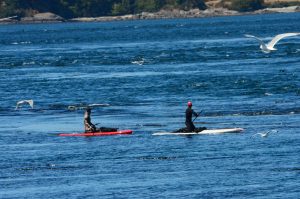
Kyle brought a long time friend for a short visit.
Whaler back
Weather
It has been a very windy day. At 5:00AM we had 34 knots with a gale warning in effect ;the sea was choppy and we had a clear sky with 10 miles of visibility. At 7:45 AM it was still around 33 knots and after a decrease at 19 knots at the end of the morning the wind picked up again and stayed strong between 25 to 28 late in the evening.
ecological
5 geese visiting on Main,no Sealions,only on Elephant seal the adult male . More gulls have returned
Maintenance
The camera on the gulls have been cleaned and stored. The seawater pump has been on for 4 hours and the desalinator for 6 hours. We cleaned the dirty panels as usual and sweeped the alleys full of feathers. We got the whaler back and everything is working well,he starts OK now.
Other
Plane over
Foggy Nights
Weather
We had a very windy Friday . The whole day the wind stayed around 30 knots from 5:00 AM to 18:00 PM . The rest of the WE was beautiful but foggy at night and in the morning. The fog horn has been working a lot those last mornings and nights but in the afternoons it has been really gorgeous .
Maintenance
The pump has been working for 8 hours in the WE, actually 4 hours each day, at the high tide and more hours will be necessary. The zodiac is now clean underneath and will be lighter and faster. Usual chores ;we have to clean the house windows almost 2 times a day.
Ecological
First flying exercises for the older chickens. I found a dead body with the guts above ! River otter ‘s job pretty sure. At the most 15 Sea lions on the adjacent rocks . Not one on Main and only 2 elephant seals .they have lost a lot of weight now.
Boats
Many watching vessels and because there is not so much to see they make people enjoy their speed ,forgetting sometimes or often, where they are .
Scorpaenichthyes marmoratus: Cabezon–The Race Rocks Taxonomy
Scorpaenichthyes marmoratus
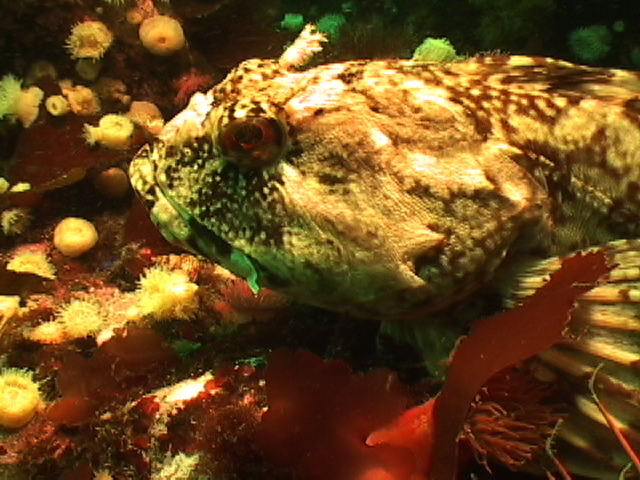 Cabezon are normally benthic or bottom-dwellers, living among rocks and seaweeds in tide pools. Sometimes they live just below the water’s surface among the marine plants. Their coloration allows them to remain well camouflaged. Their habitat is most likely rocky, sandy and muddy bottoms, living in areas with a depth range of 0 to 200 meters. Moreover, young cabezon feed on small crustaceans like amphipods, shrimp, and crabs. The adults feed on crustaceans, marine worms and mollusks, including clams and abalone. They can swallow a whole abalone and later regurgitate the indigestible shell; therefore, their tropic level is that of a secondary carnivore. In addition, the limiting factors that will affect the development and growth of this population in a certain habitat will be the presence of enough light, temperature and the availability of food and living space.
Cabezon are normally benthic or bottom-dwellers, living among rocks and seaweeds in tide pools. Sometimes they live just below the water’s surface among the marine plants. Their coloration allows them to remain well camouflaged. Their habitat is most likely rocky, sandy and muddy bottoms, living in areas with a depth range of 0 to 200 meters. Moreover, young cabezon feed on small crustaceans like amphipods, shrimp, and crabs. The adults feed on crustaceans, marine worms and mollusks, including clams and abalone. They can swallow a whole abalone and later regurgitate the indigestible shell; therefore, their tropic level is that of a secondary carnivore. In addition, the limiting factors that will affect the development and growth of this population in a certain habitat will be the presence of enough light, temperature and the availability of food and living space.
- By August of 2007, a Cabezon has taken up a territory on the Tidal Energy Piling. Photo by Chris Blondeau.
- Head of Cabezon: photo by Dr. Armin Svoboda
Domain Eukarya
Kingdom Animalia
Phylum Chordata
Sub-phylum Vertebrata
Class Actinopterygii
Order Scorpaeniformes
Family Cottidae
Genus Scorpaenichthyes
Species marmoratus
Common Name: Cabezon, Scorpion Fish
The cabezon ( literally big head in Spanish ) is a benthic fish that lives among the kelp holdfasts and rocky areas, usually very close to the bottom. It is often so confident of its camouflage that it will not move when approached by divers. Note the multi colored eye. These fish will lunge at almost anything that moves on the bottom. Dissections of their stomachs reveal amphipods and small crabs, pieces of kelp (and even rocks they have grabbed when foraging for other invertebrates.)
Their maximum length and weight are 99.0 centimeters and 14.0 Kilograms respectively. This organism can be seen in the Eastern Pacific, which covers the areas from Southeastern Alaska to Punta Abrejos, in Central Baja California, Mexico. Race Rocks is located in the centre of this range. In this map we can see the range of this fish.
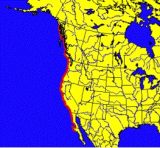 Reference The National Biological Information Infrastructure (NBII) BioBot
Reference The National Biological Information Infrastructure (NBII) BioBot
http://www.elasmodiver.com/BCMarinelife/BCML%20Chordata.htm
https://www.racerocks.ca/category/species/class-actinopterygii/
Other Members of the Class Actinopterygii at Race Rocks.
and Image File |
 The Race Rocks taxonomy is a collaborative venture originally started with the Biology and Environmental Systems students of Lester Pearson College UWC. It now also has contributions added by Faculty, Staff, Volunteers and Observers on the remote control webcams. The Race Rocks taxonomy is a collaborative venture originally started with the Biology and Environmental Systems students of Lester Pearson College UWC. It now also has contributions added by Faculty, Staff, Volunteers and Observers on the remote control webcams. |
October,2009 : Original text by Diomedes Saldana Greco
Larus glaucescens: Glaucous-winged gull– The Race Rocks taxonomy
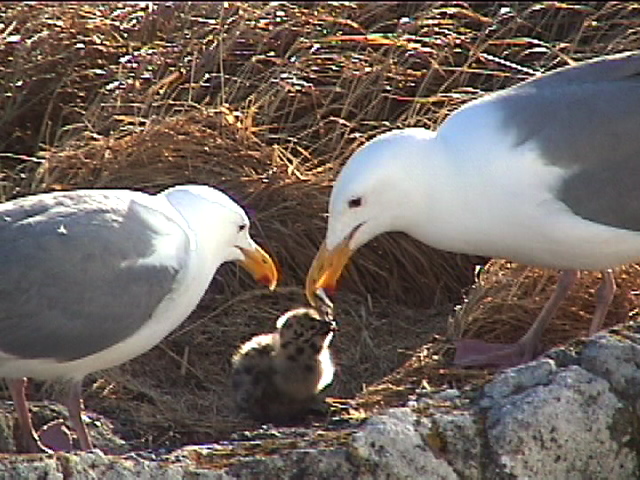 Larus glaucescens is omnivorous, feeding on carrion, fish, invertebrates, seaweed and food stolen from other birds. One of the main sources of food for Glaucous-winged gull are the softer bodied invertebrates exposed during the low tide time at Race Rocks. It is also typical of their behavior to take their hard shelled food, such as clams, or gastropods and drop them onto rocks to break them open for eating.
Larus glaucescens is omnivorous, feeding on carrion, fish, invertebrates, seaweed and food stolen from other birds. One of the main sources of food for Glaucous-winged gull are the softer bodied invertebrates exposed during the low tide time at Race Rocks. It is also typical of their behavior to take their hard shelled food, such as clams, or gastropods and drop them onto rocks to break them open for eating.
- Courtship
- Breeding
- Eggs harching
- Predation
- Chick
- waiting for food
This species is the only species of gull that nests on Great Race Rock. From June to September, there could be over 150 nests on the island. The adults also overwinter at Race Rocks, but occasionally disappear from the islands for a few weeks. They start their complicated behaviours aimed at establishing territories and bonding with mates as early as February or March. Their eggs are laid in June and hatching takes place in early July. In the 2002 season, 100 birds fledged successfully, after several years of failed nesting, probably due to fish shortages in the surrounding waters.
- Sept. 15, 2005… Almost every day now in the morning, the bald eagles make a swoop around the island .
- A fresh carcass of a juvenile is the result.
- Here Diomedes demonstrates the webbed feet of the gull
In September, the clean looking feathers of the neck and head take on a mottled gray appearance as they undergo an annual moult.
The following pictures were taken by Ecoguardian Christine Ouradou in July of 2016 and appear in logs from that time.
- Feeding time
- Glaucous winged gull chicks
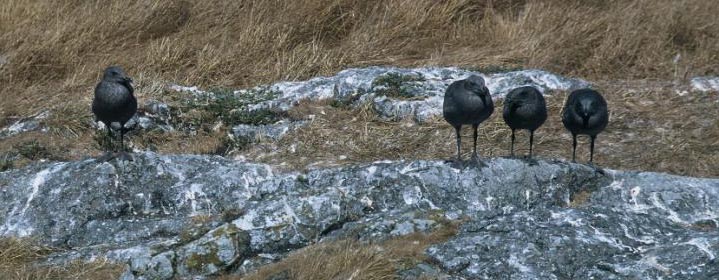 In this picture by Evan Ferrari , the young juveniles, capable of flight, still hang around for a daily feeding from their parent In this picture by Evan Ferrari , the young juveniles, capable of flight, still hang around for a daily feeding from their parent |
Domain: Eukarya
Kingdom :Animalia
Phylum: Chordata
Subphylum :Vertebrata
Class: Aves
Order: Charadriiformes
Family :Laridae
Genus: Larus
Species :glaucescens
Common Name: Glaucous-Winged Gull
The Glaucous winged Gull,
In June of 2000, David Mesiha and Satoshi Kimura (PC yr 25) made videos of different aspects of gull behavior while staying on the island. Thus started the archiving of videos for racerocks.com
June 1-16 : Aggression between males is frequent. This takes the form of plucking grass in a standoff and in beak pulling. In this way territories are defined as the nests are being built.
May 1: Breeding in the colony has started and will continue throughout May and June.
This video was taken in early July, 2001, from the north window of the Marine Science centre at Race Rocks. It shows the second day in the life of a sea gull chick. The parents feed the chick a small fish, probably herring or needlefish.
In June, 2016, Lester Pearson College set up a live camera to follow the development of one of the Glaucous-winged Gull nests with eggs in the Race Rocks Ecological Reserve . Also the camera had infrared night vision.
All entries on this website tagged with Glaucous-winged gull
Other Members of the Class Aves at Race Rocks.
and Image File |
 The Race Rocks taxonomy is a collaborative venture originally started with the Biology and Environmental Systems students of Lester Pearson College UWC. It now also has contributions added by Faculty, Staff, Volunteers and Observers on the remote control webcams. The Race Rocks taxonomy is a collaborative venture originally started with the Biology and Environmental Systems students of Lester Pearson College UWC. It now also has contributions added by Faculty, Staff, Volunteers and Observers on the remote control webcams. |
Original text by Juan Pablo Hoffmaister, PC student Dec. 2001

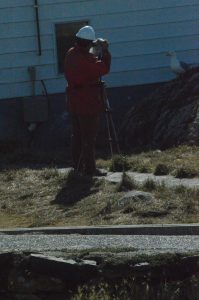
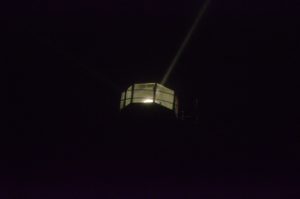
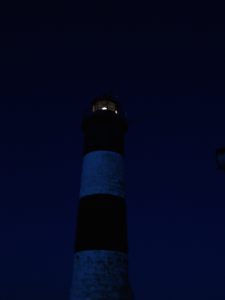
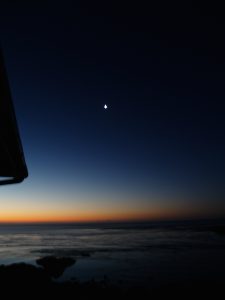
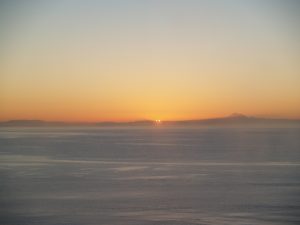
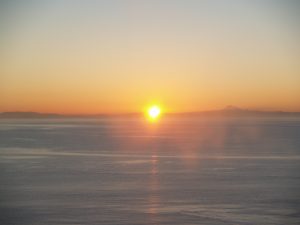
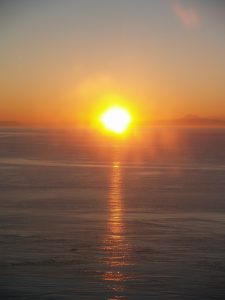
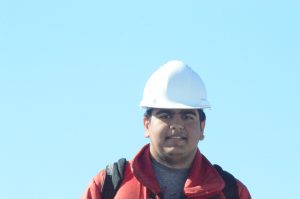
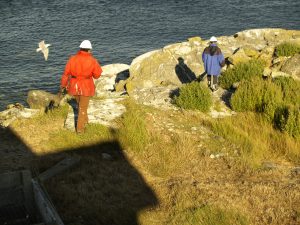
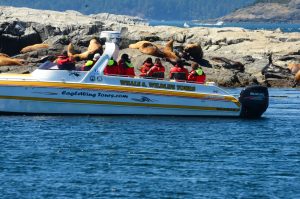 Visitors
Visitors